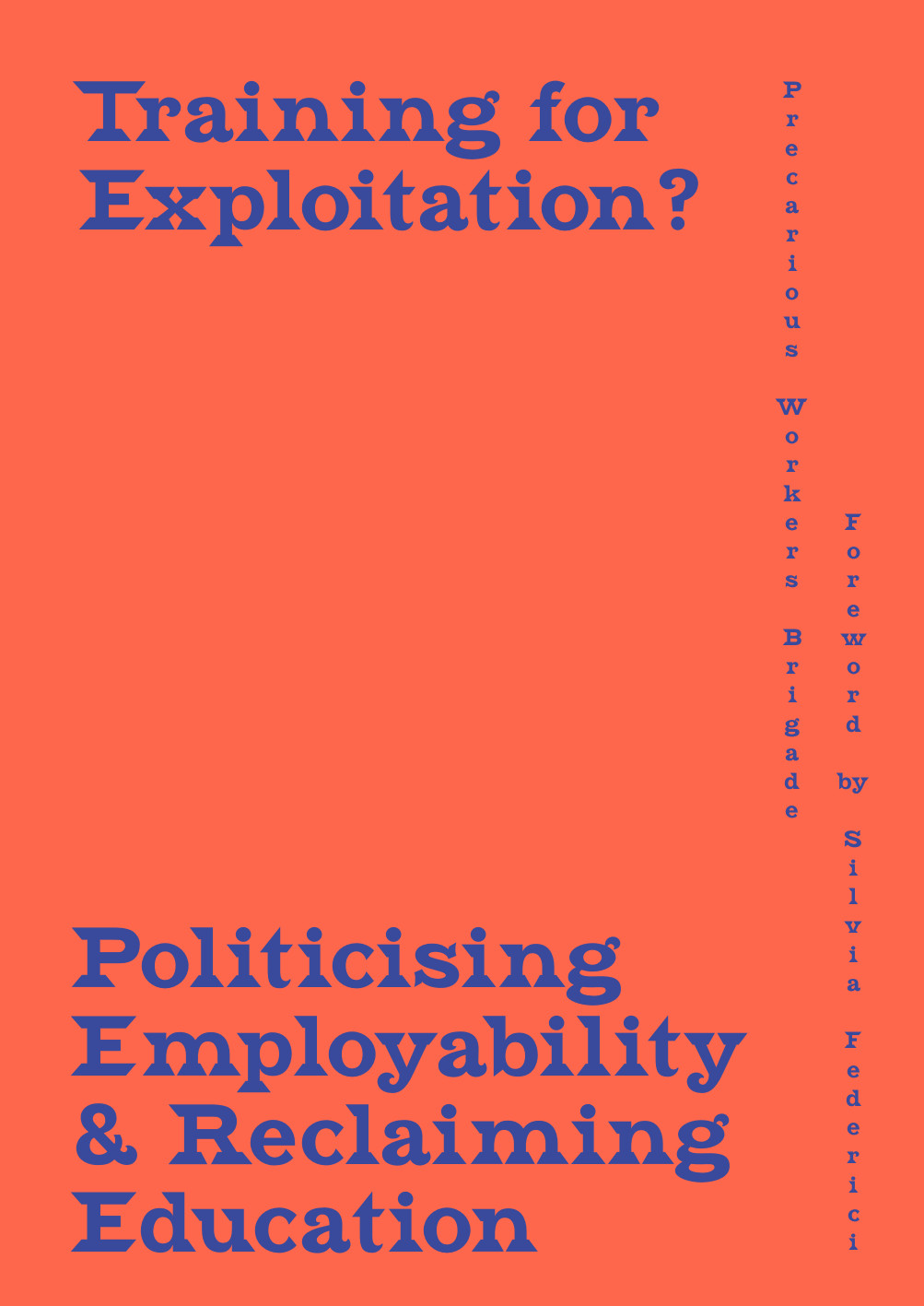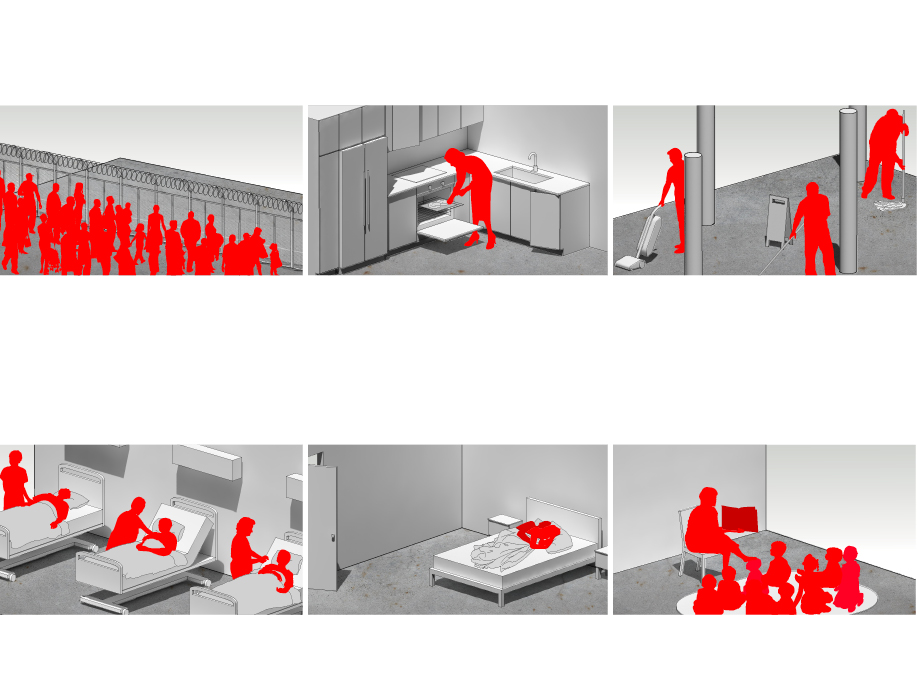Precarious Workers Brigade: Training for Exploitation: Politicising Employability and Reclaiming Education (2017)
Filed under book | Tags: · collaboration, education, employment, labour, precarity, work

“This publication provides a pedagogical framework that assists students and others in deconstructing dominant narratives around work, employability and careers, and explores alternative ways of engaging with work and the economy. Training for Exploitation? includes tools for critically examining the relationship between education, work and the cultural economy. It provides useful statistics and workshop exercises on topics such as precarity, employment rights, cooperation and solidarity, as well as examples of alternative educational and organising practices. Training for Exploitation? shows how we can both critique and organise against a system that is at the heart of the contemporary crises of work, student debt and precarity.”
Foreword by Silvia Federici
Publisher Journal of Aesthetics & Protest Press, London / Leipzig / Los Angeles, 2017
Creative Commons BY-NC-SA 4.0 International License
ISBN 9780615590110
95 pages
Viewpoint Magazine, 5: Social Reproduction (2015)
Filed under magazine | Tags: · capitalism, labour, life, political economy, politics, production, society, work

“Today, amidst a changed political and class landscape, strategy should take precedence over fidelity to the received canon. The activities of social reproduction remain the field of powerful class antagonisms.”
The issue includes 30 articles.
Edited by Asad Haider and Salar Mohandesi
Published November 2015
Creative Commons BY-NC License
Andreas Rumpfhuber: Architektur immaterieller Arbeit (2013) [German]
Filed under book | Tags: · architecture, immaterial labor, theory, work

“The book takes up the (post-)operaist concept of immaterial labour (cf. Maurizio Lazzarato: 1998, Toni Negri, Michael Hardt: 2000) and relates it to spatial processes and architectural projects from the 1960s. The book’s title is the hypotheses of its investigation. It allows to be exemplified with the following questions: Do we find, parallel to a dominant cultural practice of immaterial labour new forms and orders of architecture? Which forms does it take on? Or does workplace architecture disappear at all parallel to the blurring of the formerly clearly marked spaces of the factory?”
Publisher Turia + Kant, Vienna, 2013
Kollektive Gestalten series, 1
Creative Commons BY-NC-ND 3.0 License
ISBN 9783851327052
239 pages

